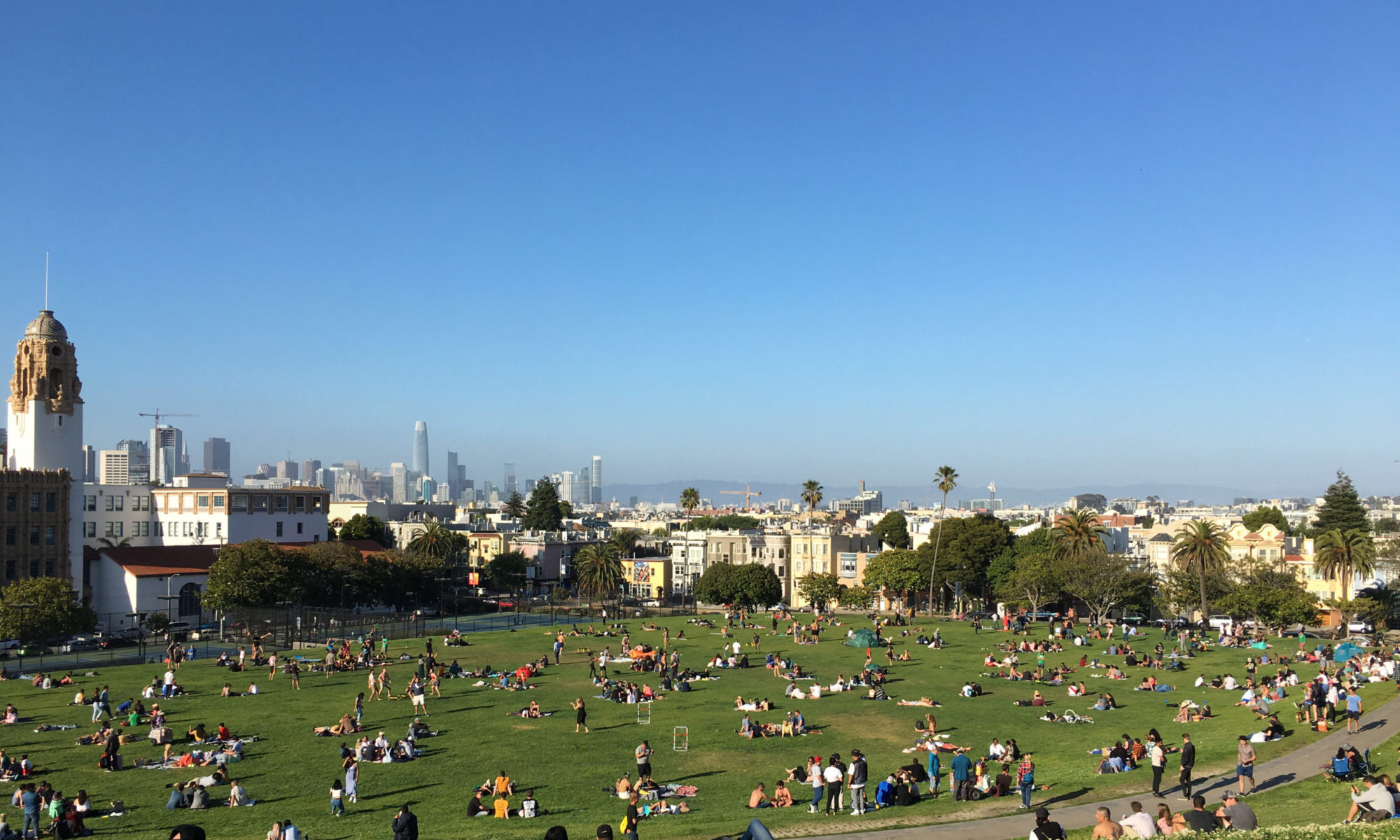Within its 47 square miles, San Francisco is home to numerous thriving ethnic groups and cultural districts. While these neighborhoods host global tourists who come to enjoy the foods, arts, and culture, they have also persisted through generations as living, breathing communities where residents can feel at home with groups they identify with. For example, my friend’s parents lived and raised their family in Chinatown for 50 years and still can’t speak English. Before I became an advocate for affordable housing, San Francisco’s cultural diversity and the topic of gentrification were separate topics in my mind – I didn’t believe one had anything to do with the other.
The lack of affordable housing and the city’s prioritization of profit over people is erasing these communities. The irony is that while the cities rake in huge profits from tourism in these neighborhoods, they don’t provide support for these groups to survive. For example, tourists from all over the world come to enjoy the architecture, art, and cuisine of Japantown and spend money at Japanese-centric businesses, all while the city allocates its shopping districts for new Chipotles, Gaps, and Sephoras. How can Japantown make it if the city’s planners and policy-makers choose businesses that maximize profit rather than preserve the spirit of the residents? Also, these neighborhoods need more affordable housing so that families can move in and sustain the community over the long term. Instead, city planners and policy-makers allocate new housing developments for market-rate luxury units that the average family cannot afford. According to a recent report from the National Low Income Housing Coalition, an individual needs to earn four times the minimum wage to be able to house their family in a two-bedroom market-rate apartment in San Francisco.
San Francisco’s city planners, officials, and policy-makers must understand that their decisions to prioritize profit over people are cannibalizing the city. They cannot keep boasting of San Francisco’s rich diversity, inviting the world to enjoy Chinatown’s New Year’s Parade or the annual Pride Festival while making decisions that essentially erase the communities behind them.

